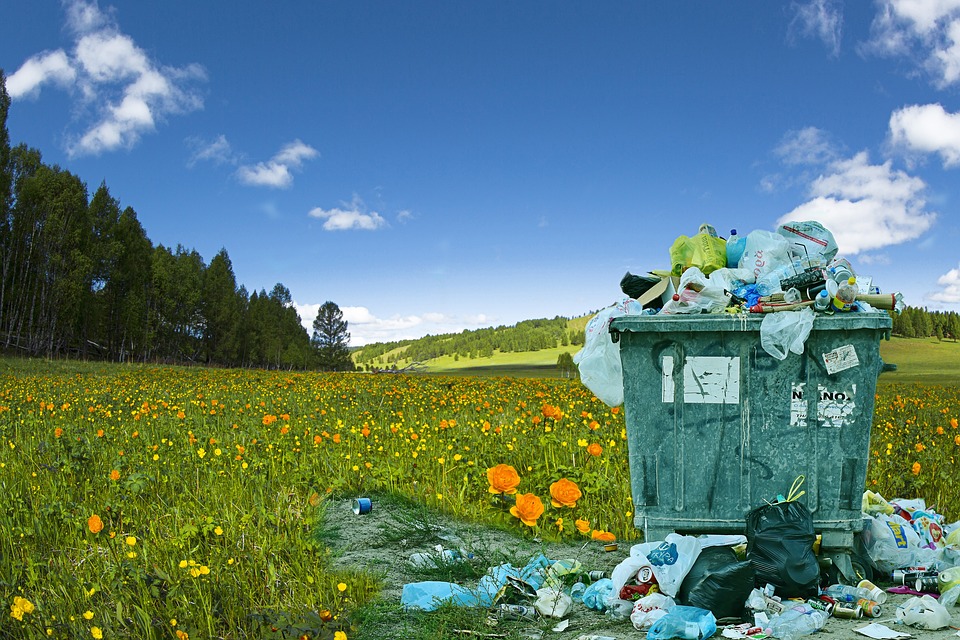
Happy Earth Day! This year the Earth Day Network is shining the spotlight on ending plastic pollution among other global goals. There’s no debate that plastic scraps and waste continue to fill our landfills, rivers and oceans, choking our planet. For decades, China has been taking on much of the burden of recycling global plastic waste, all while the country struggles with its own pollution and climate change challenges. That all stopped in 2017 under a new government policy that bans the importation of most plastic waste. This action has policy makers, environmentalists and others asking: Where will the world’s plastic waste go now?
Growth in plastic production is outpacing other manufactured materials
For decades, the global production of plastic products has outpaced the production of almost all other manufactured materials from 2 million metric tons in 1950 to a staggering 320 million metric tons in 2015. Before the 2017 embargo, China imported over 100 million metric tons of the world’s plastic waste – 45% of all cumulative imports – since it began reporting in 1992.
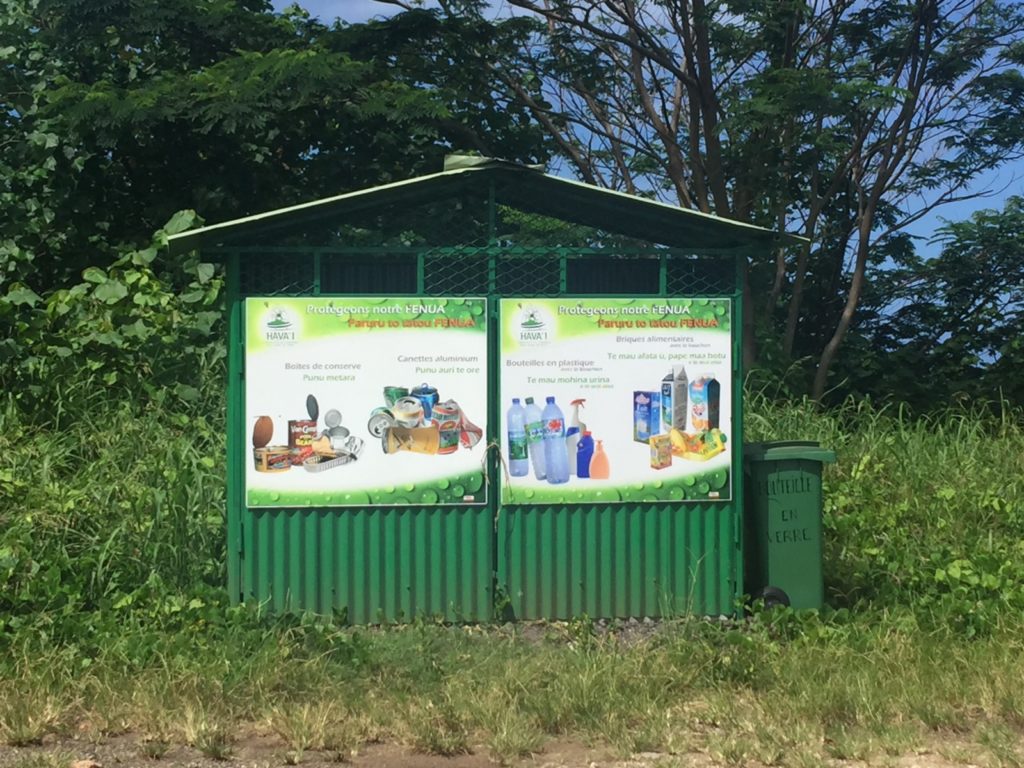
Pacific Garbage Patch continues to grow
Even the amount of plastic debris in the Great Pacific Garbage Patch has grown. This area of the Pacific Ocean between Hawaii and California now spans about 1.6 million square kilometers. As of 2018, it has accumulated an estimated 79,000 tons of plastic debris – up to 16 times as much as was estimated in 2014.
Time to take upcycling seriously
With plastic debris at an all time high, maybe limiting our focus to just recycling is a bit shortsighted. Maybe it’s time to take a serious look at upcycling our plastic waste to keep it out of landfills and waterways?
What is upcycling?
Upcycling isn’t a new concept. After all, prehistoric man was pretty good at it, making tools from flint and bones and building homes from local vegetation. But to me, upcycling seems to be a modern solution worth exploring, especially for plastic waste.
If you haven’t heard of upcyclying, you’re not alone. Upcycling is the process of taking a discarded object or material and using it to make something of higher value. Just about everyone has the opportunity to upcycle plastic products. If you need inspiration, type “upcycling plastic ideas” into any search engine, and you’ll find hundreds of ideas – both practical and artistic – that can give your plastic products a second life.
Upcycling has benefits beyond repurposing plastic waste
Don’t overlook the opportunity to upcycle other forms of waste. You could store food ingredients in glass containers that you would normally throw away or recycle. You could convert a tin can into a decorative pencil holder. You could repurpose a broken door into a table. With a little creativity and imagination, the ideas to upcycle are endless.
Time to give a circular economy some serious thought
Perhaps embracing the principles of a circular economy is an approach to consider. Unlike a linear economy – the make-take-use approach – a circular economy focuses on using a resource for as long as possible, before recovering its materials for another use.
If you want to learn more about the principles of a circular economy, I encourage you to visit The Ellen MacArthur Foundation, a charitable organization and global thought leader in this arena.
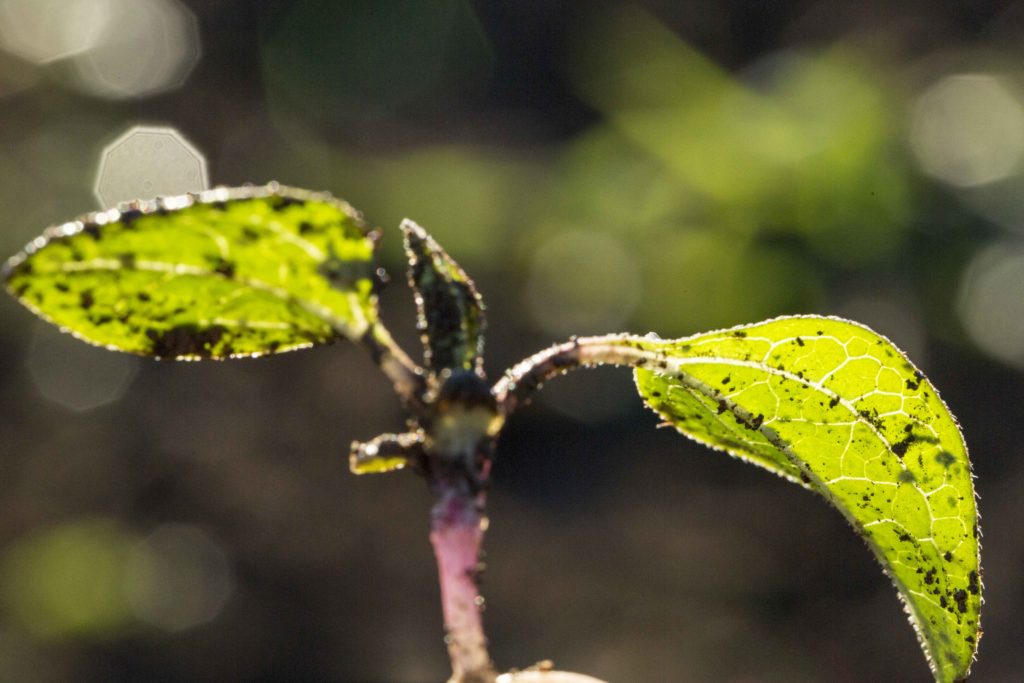
Looking to the future
I don’t profess to have the answers, but I certainly champion the men and women in academia, business and government who are passionate about addressing this global problem and are eager to come together to find solutions, sooner than later.
I believe our planet deserves our best efforts to protect it, starting with reducing plastic waste.
So in celebration of Earth Day, I hope you’ll join me to use less plastic, upcycle the plastic you do use, and recycle the rest.
Cheers,


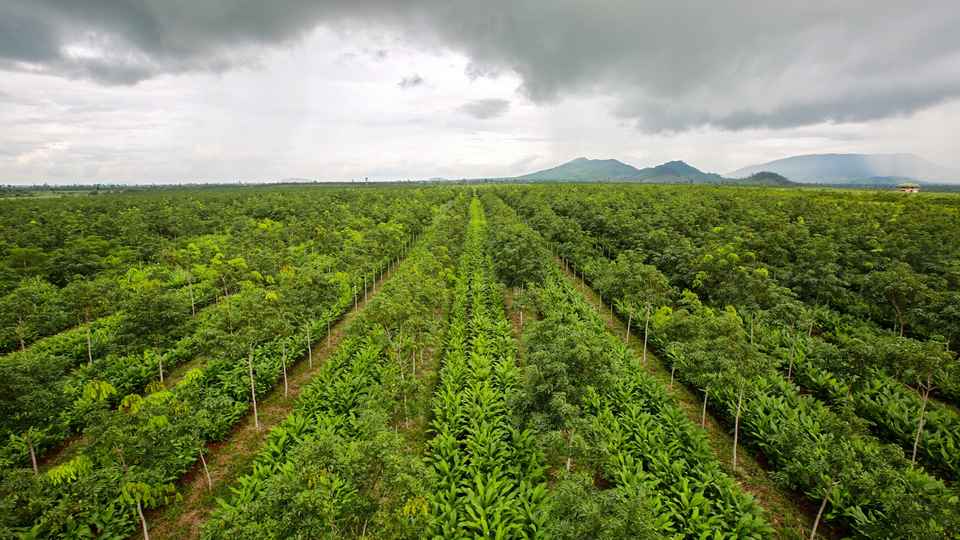
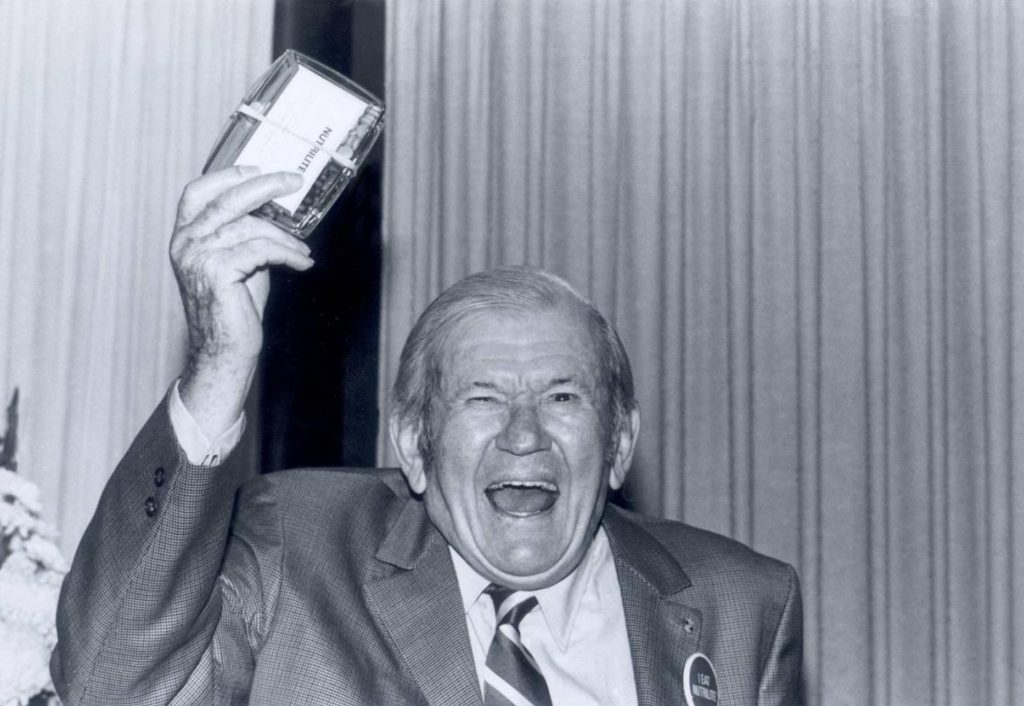
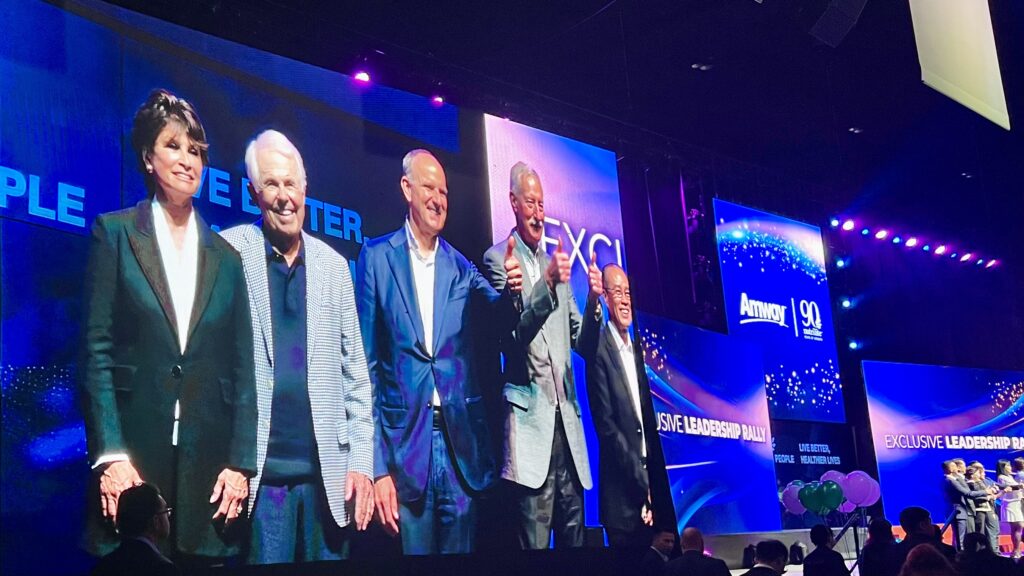
One Response
I recently heard that when someone says they “throw something away” there is no away. It is out of sight, out of mind, but to think it actually just goes away is false. There is no “away.”